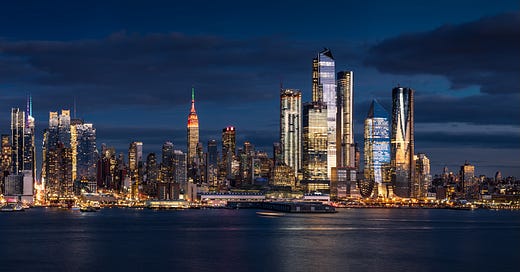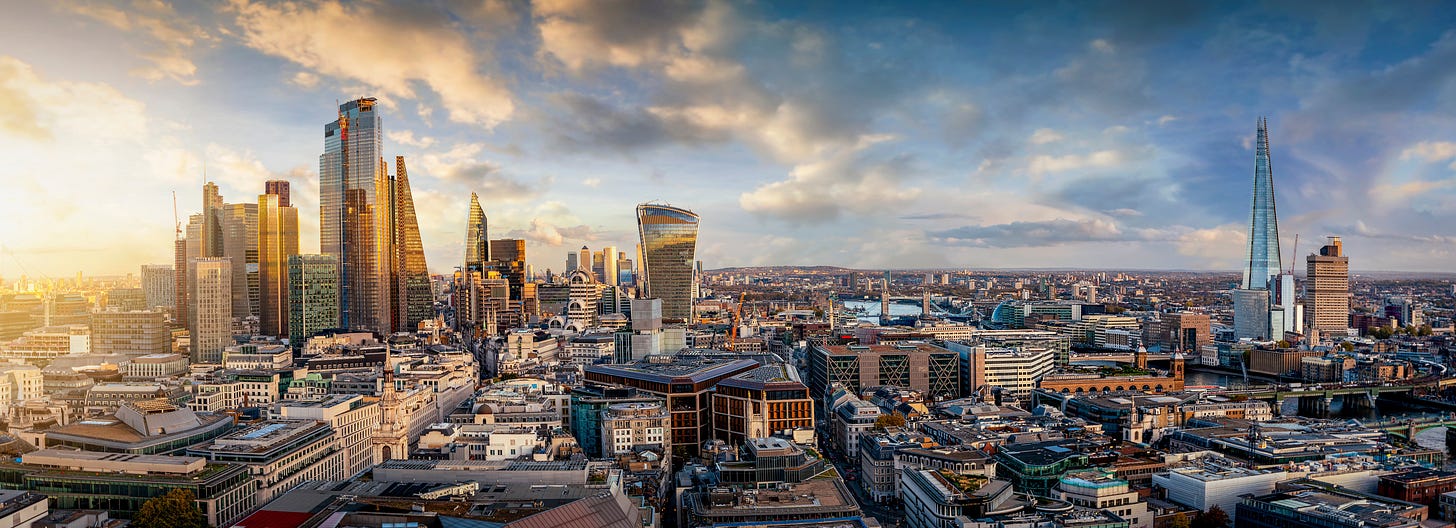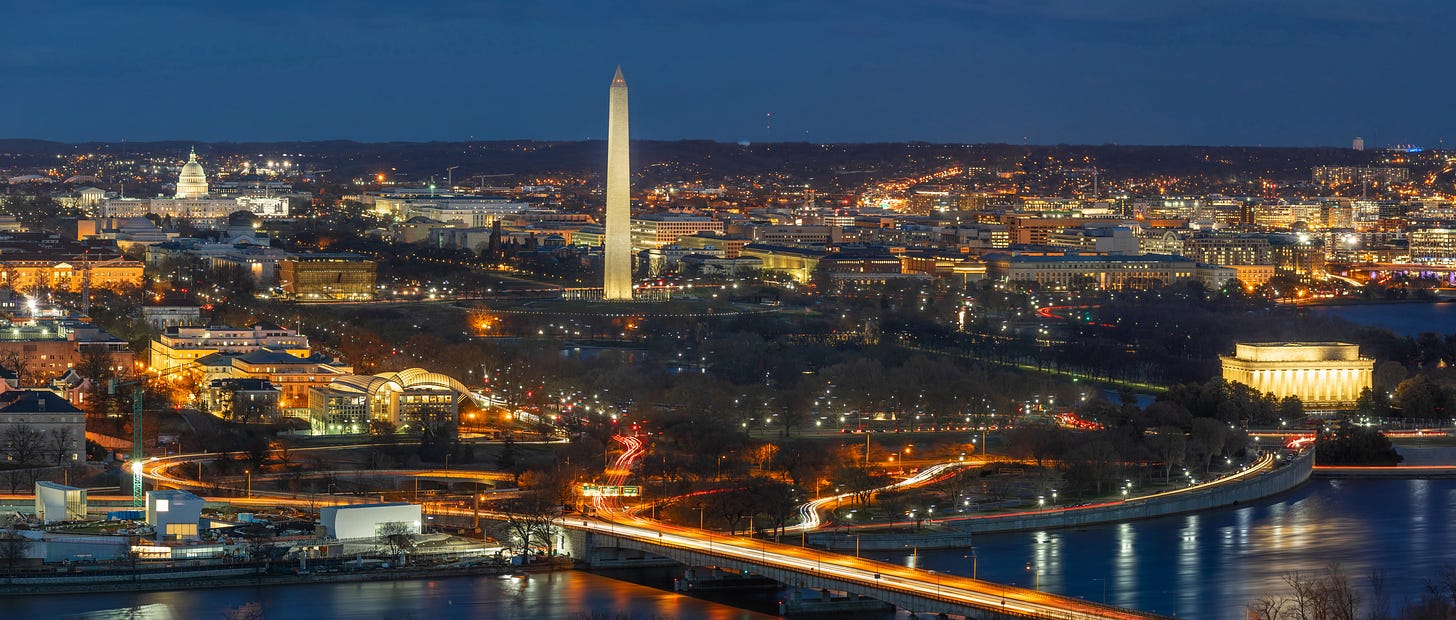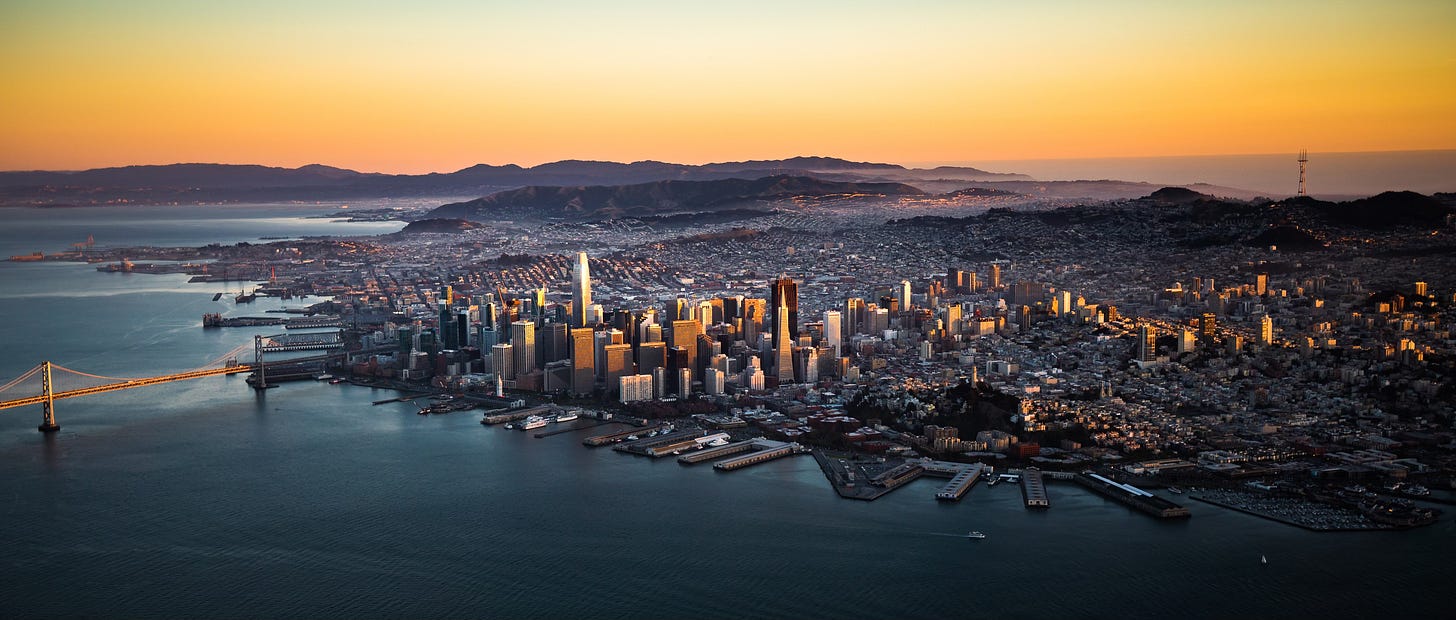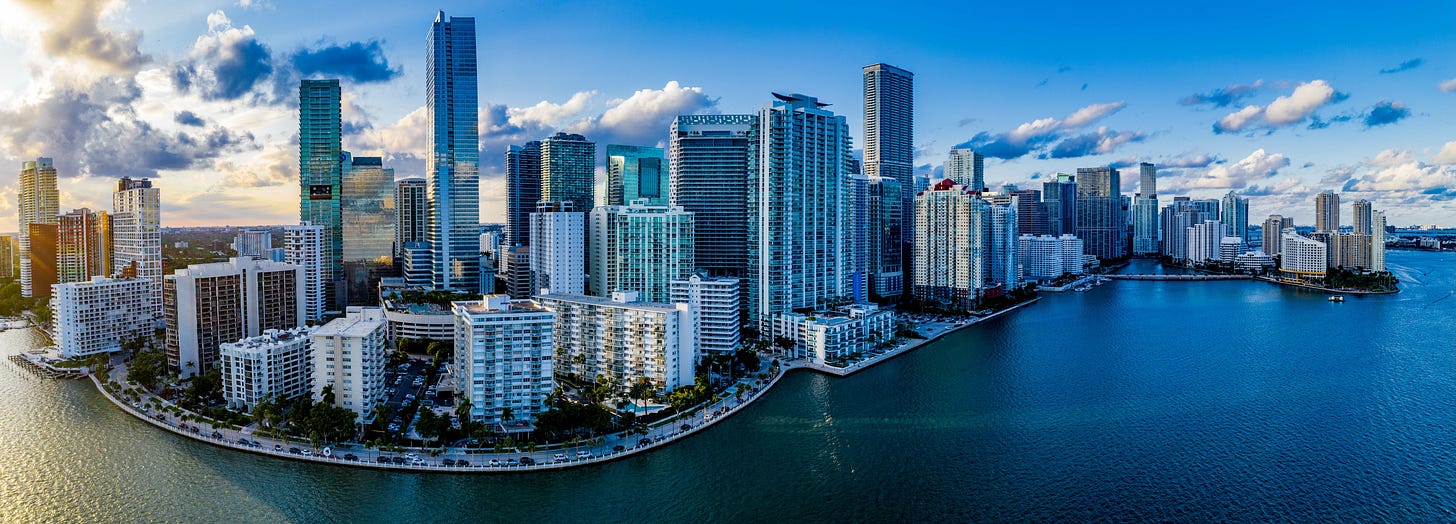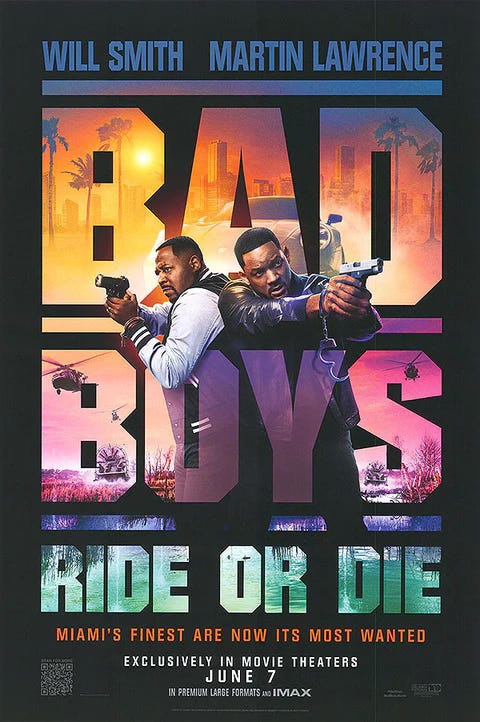Navigating Global Tourist Hotspots: An In-Depth Guide and the Impressive Opening of Will Smith's Latest Film
Traveling to some of the world's most popular cities can be a thrilling experience, but navigating them can be daunting without the right information. Whether you’re visiting New York City, Paris, Tokyo, London, Washington, D.C., San Francisco, or Miami, understanding the best ways to get around can make your trip smoother and more enjoyable. However, each city faces unique challenges that can impact your travel plans. Here’s a detailed guide to help you navigate these bustling metropolises like a pro and insights into recent transportation challenges.
New York City
Getting Around
Public Transportation: The Metropolitan Transportation Authority (MTA) operates an extensive network of subways and buses. The subway is the fastest way to travel around Manhattan and the outer boroughs. The fares range from Subways, local buses, and Staten Island Railway: $2.90 (Reduced Fare: $1.45) Single ride (only sold at subway vending machines): $3.25. Unlimited 7-day MetroCard: $34 (Reduced Fare: $17) Unlimited 30-day MetroCard: $132 (Reduced Fare: $66). Use the MetroCard or the OMNY tap-and-go system.
Taxis and Ride-Sharing: Yellow cabs can be hailed on the street or found at taxi stands. Ride-sharing apps like Uber and Lyft offer convenience, especially during off-peak hours. Keep in mind that there are congesting pricing surcharges and a toll for entering a Congestion Relief Zone in Manhattan that may affect your costs.
Walking and Biking: New York is highly walkable, particularly in Manhattan. Citi Bike, the city's bike-sharing program, offers a convenient alternative for short trips.
Current Challenges
Aging Infrastructure: Frequent delays and breakdowns due to old infrastructure. Modernization is ongoing but costly.
Funding Shortfalls: Reduced ridership during the COVID-19 pandemic has led to budget cuts and fare increases.
Safety Concerns: An uptick in crime and homelessness in subway stations.
Driver Shortages: Taxis and ride-sharing services face driver shortages, resulting in longer wait times and higher surge pricing.
Paris
Getting Around
Public Transportation: Paris' RATP network includes the metro, buses, and trams. The metro is the quickest way to navigate, with single tickets costing €2.10. The Paris Visite pass offers unlimited travel over several days.
Taxis and Ride-Sharing: Taxis can be expensive and sometimes hard to find. Uber provides a reliable alternative at a lower cost.
Walking and Biking: Many landmarks are within walking distance in central Paris. Vélib', the bike-sharing system, is excellent for exploring the city’s extensive bike lanes.
Current Challenges
Strikes and Protests: Frequent disruptions due to strikes and protests, such as those sparked by pension reforms.
Overcrowding: Especially during peak tourist seasons, making travel uncomfortable.
Environmental Regulations: Stricter regulations and efforts to reduce emissions have increased operational costs for taxis and ride-sharing services.
Tokyo
Getting Around
Public Transportation: Tokyo’s subway and train networks are efficient and punctual. A Suica or Pasmo card offers convenient tap-and-go access across most transportation systems.
Taxis and Ride-Sharing: Taxis are plentiful but expensive. The normal price for the First two kilometers is ¥ 730 ( US$ 4.60). The price per additional kilometer is ¥ 320 ( US$ 2), with each hour of wait time running ¥ 3,085 ( US$ 19.60). Ride-sharing services face regulations, making taxis or public transport more reliable.
Walking and Biking: Tokyo is pedestrian-friendly, with safe streets and clear signage. Bike rentals are available but navigating the city’s busy streets can be challenging.
Current Challenges
Overcrowding: Extreme overcrowding, particularly during rush hours, has become a public health concern post-COVID-19.
Natural Disasters: Earthquakes and typhoons can disrupt transportation networks, causing delays and requiring extensive repairs.
Aging Population: Requires more accessible transportation options, which the current infrastructure is gradually adapting to.
London
Getting Around
Public Transportation: The Transport for London (TfL) network includes the Underground (Tube), buses, and trains. Use an Oyster card or contactless payment for ease. The Tube is the fastest way to cover long distances, while buses offer scenic routes.
Taxis and Ride-Sharing: London’s black cabs are iconic but pricey. Uber is widely used and can be more cost-effective.
Walking and Biking: Central London is highly walkable, with many attractions close to each other. The Santander Cycles bike-sharing scheme offers an affordable way to cycle around the city.
Current Challenges
Strikes: Frequent strikes by transport workers can cripple the public transport system.
Funding Issues: Financial challenges post-pandemic have led to service cuts and fare increases.
Congestion Charges: The congestion charge and Ultra Low Emission Zone (ULEZ) fees increase the cost of taxi and ride-sharing services.
Washington, D.C.
Getting Around
Public Transportation: The Washington Metropolitan Area Transit Authority (WMATA) operates the Metro and bus systems. The Metro is the most efficient way to navigate the city, with fares varying based on distance and time of day. Seniors can also obtain a special card that will reduce their rates by half.
Taxis and Ride-Sharing: Taxis are available, but ride-sharing services like Uber and Lyft are often more convenient and can be cheaper.
Walking and Biking: D.C. is very walkable, especially around the National Mall. Capital Bikeshare provides a good option for biking, with numerous stations throughout the city.
Current Challenges
Safety Concerns: There have been increasing concerns about safety on the Metro, with reports of crime and maintenance issues.
Service Reliability: Frequent maintenance and repair work on the Metro can lead to service disruptions and delays.
Traffic Congestion: High levels of traffic congestion make driving and surface travel slow and unpredictable.
San Francisco
Getting Around
Public Transportation: The San Francisco Municipal Transportation Agency (SFMTA) operates buses, the historic cable cars, and light rail. BART (Bay Area Rapid Transit) serves the broader Bay Area.
Taxis and Ride-Sharing: Taxis are available but often outnumbered by ride-sharing services like Uber and Lyft, which dominate the market.
Walking and Biking: San Francisco is walkable, though the hilly terrain can be challenging. The city has a growing network of bike lanes and bike-sharing options through Bay Wheels.
Current Challenges
Homelessness and Safety: Rising homelessness in the city affects public perception of safety, particularly in public transportation areas.
Public Transit Reliability: Maintenance issues and funding shortfalls have affected the reliability and efficiency of public transit.
Traffic and Parking: Traffic congestion is a major issue, and parking is both expensive and hard to find.
Miami
Getting Around
Public Transportation: Miami-Dade Transit operates buses and the Metrorail. The Metromover, a free automated people mover, is convenient for downtown Miami.
Taxis and Ride-sharing: Taxis are available, but Uber and Lyft are more popular for their convenience and competitive pricing.
Walking and Biking: Miami is walkable in certain areas like South Beach and downtown. Citi Bike offers bike rentals, and the city is working on expanding its bike lane network.
Current Challenges
Public Transit Coverage: The public transportation network is limited, making it less convenient to get around without a car.
Traffic Congestion: Miami’s traffic can be severe, particularly during peak tourist seasons and rush hours.
Weather: The hot and humid climate, along with frequent rainstorms, can make walking and biking uncomfortable.
General Challenges
COVID-19 Pandemic: The pandemic has reduced ridership, caused financial strain on transport services, and necessitated new health and safety protocols, leading to an uneven recovery and uncertain future travel patterns.
Climate Change: More frequent extreme weather events affect transportation infrastructure. Cities are focusing on sustainability and resilience, requiring substantial investment and long-term planning.
Technological Integration: While advancements offer solutions like contactless payments and real-time tracking, integrating these systems smoothly across different modes of transport and regions remains a challenge.
Practical Tips for All Cities
Plan Ahead: Use apps like Google Maps, Citymapper, or local transport apps to plan your routes in advance.
Stay Safe: Keep an eye on your belongings and be aware of your surroundings, especially in crowded areas.
Local Etiquette: Familiarize yourself with local customs. For instance, in Tokyo, avoid talking on the phone on public transport.
Tourist Passes: Consider tourist passes for unlimited travel and discounts on attractions.
Language: Learning a few basic phrases in the local language can enhance your experience.
Traveling to some of the world's most popular cities is an exciting adventure. With these tips and an understanding of the current challenges, you’ll be navigating like a local in no time. Bon voyage!
Want to earn free points for travel? Your Journey Begins Here!
Will Smith Rides Again
The successful opening of "Bad Boys Ride or Die," the fourth installment in the "Bad Boys" franchise, grossing $56.5 million on its opening weekend, highlights several key points about Will Smith's enduring box office appeal following his infamous incident with comedian Chris Rock. The impact of his actions on his star status was initially unclear, especially since his previous film, "Emancipation," was an Apple TV project. However, his return to the big screen and continued popularity might be attributed to several factors.
1. Resilient Star Power
Despite the controversy surrounding the Oscars incident, Will Smith's star power remains formidable. This strong opening indicates that audiences are still drawn to his films, showcasing a significant level of resilience in his fan base. Smith's charisma and established legacy in Hollywood likely contributed to the film's successful debut.
2. Franchise Loyalty
The "Bad Boys" series has a loyal following, and its brand is synonymous with high-octane action and entertainment. The previous installments, especially "Bad Boys for Life" (2020), were well-received, creating anticipation for the sequel. This franchise loyalty can overshadow personal controversies, focusing audience attention on the entertainment value rather than the off-screen drama.
3. Effective Marketing and Timing
The marketing strategies for "Bad Boys Ride or Die" likely played a crucial role in its opening success. Studios are adept at crafting campaigns that highlight the strengths of a film while downplaying any potential negatives. Additionally, the timing of the release might have been strategic, positioning it in a relatively less competitive slot to maximize its opening potential.
4. Public Perception and Forgiveness
The opening weekend performance might indicate a degree of public forgiveness or compartmentalization of Smith's personal actions from his professional work. Audiences may be more willing to separate the art from the artist, especially when it comes to beloved franchises and familiar characters.
5. Curiosity Factor
There could be an element of curiosity driving box office numbers. The film being Smith's first major release post-incident might have piqued interest among both his supporters and detractors, leading to higher ticket sales from those eager to see how his performance holds up.
6. Co-Stars and Ensemble Cast
The appeal of the ensemble cast, including Martin Lawrence and other supporting actors, shouldn't be underestimated. A strong supporting cast can mitigate potential fallout from controversies surrounding a lead actor, ensuring the film's overall appeal remains high.
Conclusion
The impressive opening weekend for "Bad Boys Ride or Die" signifies that Will Smith's box office appeal endures despite the controversy of the Oscars slap. This resilience suggests that, while the incident has undoubtedly impacted his public image, his ability to draw audiences to theaters remains strong. The success of the film highlights the enduring power of established franchises, effective marketing, and the public's capacity to separate personal actions from professional output in the realm of entertainment.
Shopping on Amazon? Travel through the Fit2Journey Store.
http://amazon.com/shop/2awesomelawson
From the Fit2Journey Reading Corner
You Can Now Renew Your Passport Online Again—Kind Of
A flight attendant’s secrets to surviving long-haul flights


